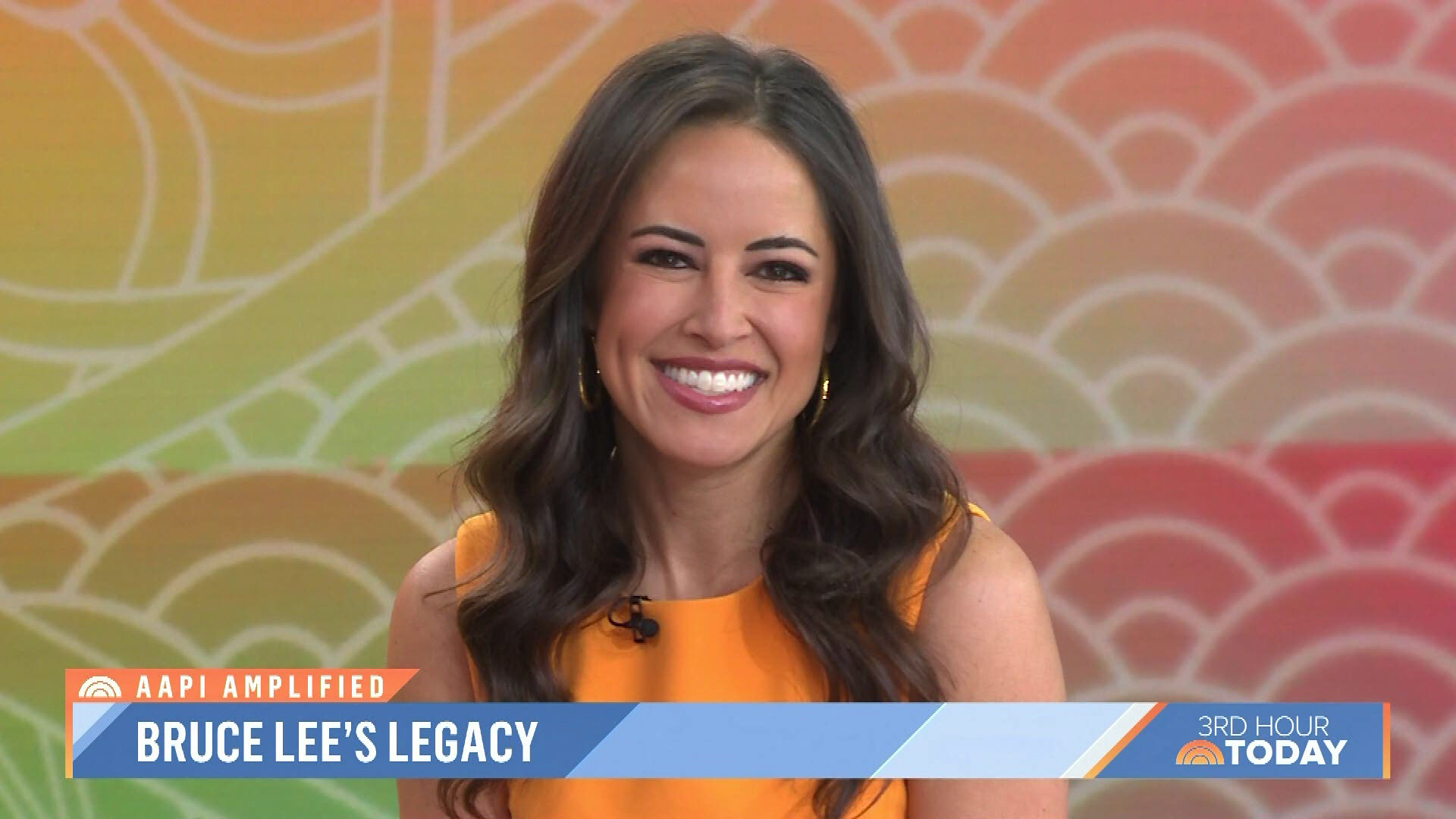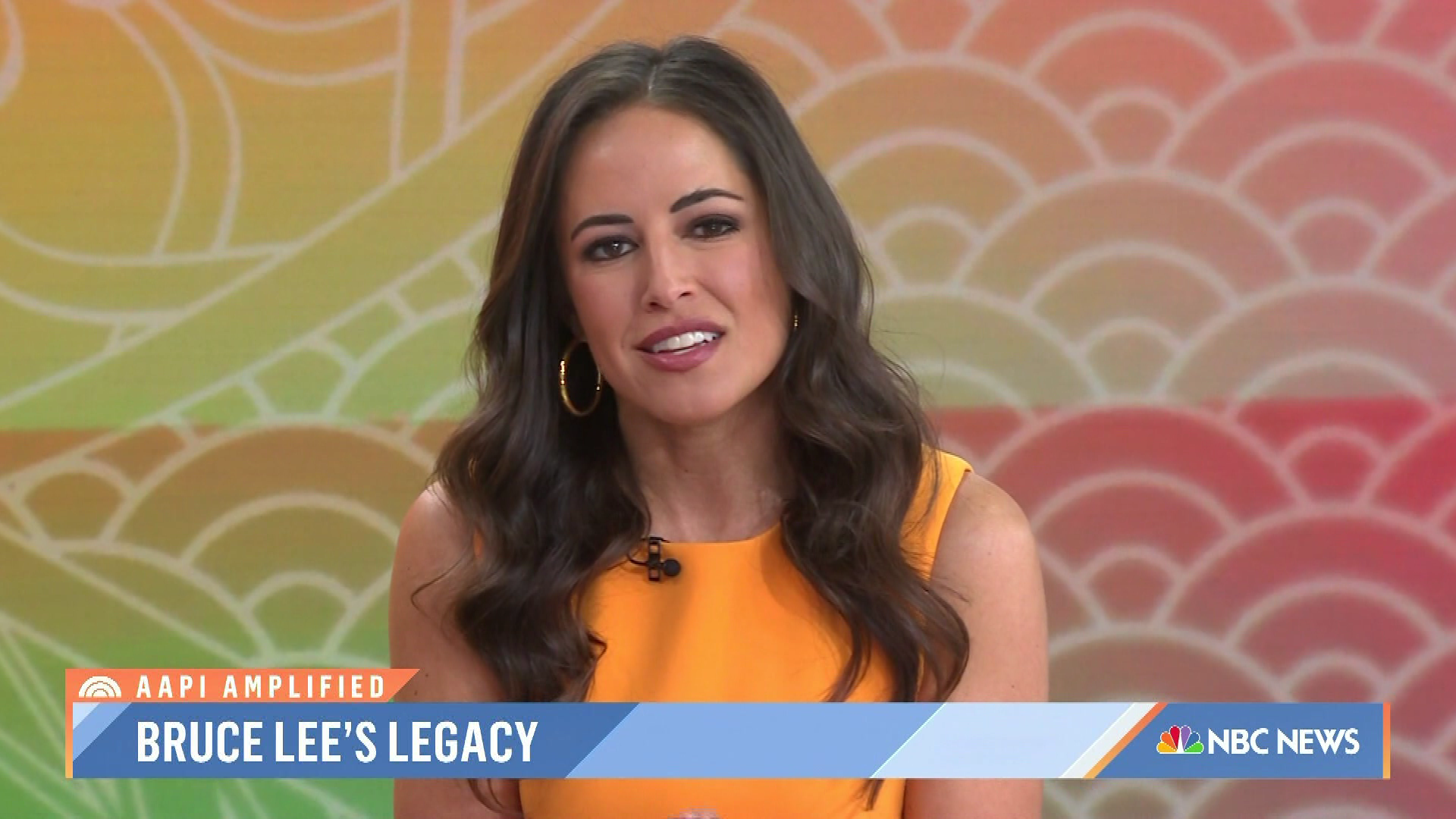Known professionally as a journalist and television personality, Kaylee Hartung's journey has been filled with challenges and triumphs. Her lazy eye, a condition medically referred to as strabismus, has been a part of her identity since childhood. While some may view it as a limitation, Hartung has embraced it as a unique characteristic that defines her individuality. This article delves into her life, career, and how she has navigated the complexities of living with strabismus while inspiring others along the way. The condition, which affects the alignment of the eyes, can sometimes lead to social stigma or self-consciousness. However, Kaylee Hartung has shown that a lazy eye doesn't define a person's worth or potential. Her story resonates with countless individuals who face similar challenges, proving that self-acceptance and confidence can turn perceived flaws into strengths. As we explore the details of her life, we’ll uncover how her journey has shaped her career and inspired others to embrace their uniqueness. In this article, we’ll take a closer look at Kaylee Hartung’s biography, her personal details, and how her lazy eye has influenced her life. We’ll also address common questions about lazy eyes, provide insights into treatments, and highlight her contributions to raising awareness about the condition. Whether you’re seeking inspiration, information, or simply a deeper understanding of Kaylee Hartung’s story, this article aims to provide a comprehensive and engaging perspective.
Table of Contents
- Biography of Kaylee Hartung
- Personal Details and Bio Data of Kaylee Hartung
- What Is a Lazy Eye and How Does It Affect Vision?
- How Has Kaylee Hartung Managed Her Lazy Eye?
- What Are the Treatment Options for a Lazy Eye?
- Why Is Kaylee Hartung an Inspiration to Many?
- How Does Society Perceive Lazy Eyes, and What Can We Do About It?
- Frequently Asked Questions About Lazy Eyes
Biography of Kaylee Hartung
Kaylee Hartung was born on November 14, 1985, in Baton Rouge, Louisiana. From a young age, she exhibited a passion for storytelling and journalism, which would later define her career. Hartung graduated from Louisiana State University with a degree in broadcast journalism, where she honed her skills as a reporter and anchor for the university’s television station. Her dedication and talent quickly caught the attention of major networks, leading her to work with CNN and ESPN, where she gained national recognition. Throughout her career, Kaylee Hartung has covered a wide range of topics, from sports to breaking news, showcasing her versatility and professionalism. Her ability to connect with audiences and deliver stories with authenticity has made her a respected figure in the media industry. Despite her success, Hartung has remained grounded, often using her platform to address important social issues and inspire others. One of the defining aspects of her life has been her openness about living with a lazy eye. This condition, which she has had since childhood, has been a part of her journey without overshadowing her achievements. Hartung’s story is a testament to the idea that challenges can be embraced and transformed into sources of strength and inspiration.
Personal Details and Bio Data of Kaylee Hartung
| Full Name | Kaylee Hartung |
|---|---|
| Date of Birth | November 14, 1985 |
| Place of Birth | Baton Rouge, Louisiana, USA |
| Education | Louisiana State University (Broadcast Journalism) |
| Profession | Journalist, Television Personality |
| Notable Work | CNN, ESPN |
| Known For | Her work as a reporter and her openness about living with a lazy eye |
What Is a Lazy Eye and How Does It Affect Vision?
A lazy eye, or strabismus, is a condition where the eyes do not align properly, causing one eye to wander inward, outward, upward, or downward. This misalignment can lead to double vision or reduced depth perception, making it challenging for individuals to focus on objects or tasks that require precise visual coordination. In some cases, the brain may begin to ignore the input from the misaligned eye, leading to amblyopia, commonly known as "lazy eye."
Read also:Unveiling Byeon Wooseoks Mbti Personality Type Insights Into The Rising Star
How Does Strabismus Develop?
Strabismus can develop due to a variety of factors, including genetic predisposition, neurological issues, or problems with the muscles controlling eye movement. It often manifests during childhood, and early detection is crucial for effective treatment. If left untreated, the condition can persist into adulthood, impacting both vision and self-esteem.
Impact on Daily Life
Living with a lazy eye can present unique challenges. Individuals may experience difficulties with reading, driving, or participating in sports. Socially, the condition can sometimes lead to teasing or misunderstandings, which is why awareness and education are vital. However, with proper care and support, many people with strabismus lead fulfilling lives, just like Kaylee Hartung.
How Has Kaylee Hartung Managed Her Lazy Eye?
Kaylee Hartung’s approach to managing her lazy eye is a blend of medical intervention, self-acceptance, and advocacy. From a young age, she underwent treatments such as corrective lenses and vision therapy to improve her eye alignment. While these interventions helped to some extent, Hartung has always emphasized the importance of embracing one’s uniqueness rather than striving for perfection.
Embracing Individuality
Instead of viewing her lazy eye as a flaw, Hartung has turned it into a source of empowerment. She often speaks about how her condition has taught her resilience and self-confidence, qualities that have been instrumental in her career. By sharing her story, she has inspired countless individuals to embrace their imperfections and focus on their strengths.
Using Her Platform for Awareness
As a public figure, Kaylee Hartung has used her influence to raise awareness about lazy eyes and reduce the stigma surrounding the condition. Through interviews and social media, she encourages open conversations about vision challenges and advocates for early detection and treatment.
What Are the Treatment Options for a Lazy Eye?
Treating a lazy eye often depends on the severity of the condition and the age at which it is diagnosed. Early intervention is key to achieving the best outcomes, but even adults can benefit from certain treatments. Here are some common options:
Read also:Unraveling The Mystery Who Is In Nickelback
1. Corrective Eyewear
Prescription glasses or contact lenses can help correct refractive errors that contribute to strabismus. These are often the first line of treatment, especially for children.
2. Eye Patches
Using an eye patch over the stronger eye forces the weaker eye to work harder, strengthening its connection to the brain. This method is particularly effective for children with amblyopia.
3. Vision Therapy
Vision therapy involves a series of exercises designed to improve eye coordination and focus. It is often recommended for individuals with mild to moderate strabismus.
4. Surgery
In some cases, surgery may be necessary to realign the eye muscles. While this procedure can improve appearance and function, it is not always a permanent solution and may require follow-up treatments.
Why Is Kaylee Hartung an Inspiration to Many?
Kaylee Hartung’s journey is a powerful reminder that success is not defined by perfection but by perseverance and authenticity. Her ability to rise above societal expectations and embrace her lazy eye has made her a role model for individuals facing similar challenges. By sharing her story, she has created a ripple effect of positivity and empowerment.
Breaking Stereotypes
In a world where appearance often takes center stage, Hartung has shown that true beauty lies in confidence and character. Her success in journalism and television proves that a lazy eye does not hinder one’s ability to achieve greatness.
Encouraging Self-Acceptance
Through her advocacy, Kaylee Hartung encourages others to accept themselves as they are. Her message resonates with people of all ages, reminding them that their differences are what make them unique and valuable.
How Does Society Perceive Lazy Eyes, and What Can We Do About It?
Society’s perception of lazy eyes is often shaped by misconceptions and stereotypes. Many people with strabismus face judgment or teasing, which can negatively impact their self-esteem. However, increased awareness and education can help change these perceptions.
Challenging the Stigma
By openly discussing conditions like lazy eyes, public figures like Kaylee Hartung play a crucial role in challenging the stigma. Their stories humanize the condition and encourage empathy and understanding.
Promoting Inclusivity
Creating a more inclusive society starts with education. Schools, workplaces, and communities can benefit from programs that teach about vision challenges and promote acceptance of differences.
Frequently Asked Questions About Lazy Eyes
1. Can a Lazy Eye Be Corrected in Adults?
While it is more challenging to correct a lazy eye in adults, treatments such as vision therapy and surgery can still yield positive results. Early intervention is always recommended, but improvements are possible at any age.
2. Does a Lazy Eye Affect Career Choices?
A lazy eye does not inherently limit career options. With proper treatment and self-confidence, individuals can pursue any profession they desire, as demonstrated by Kaylee Hartung’s successful career in journalism.
3. How Can Parents Support a Child with a Lazy Eye?
Parents can support their child by seeking early diagnosis and treatment, encouraging open communication, and fostering a positive self-image. Resources such as vision therapy programs and support groups can also be beneficial.
Conclusion
Kaylee Hartung’s story is a testament to the power of resilience, self-acceptance, and advocacy. Her journey with a lazy eye serves as an inspiration to countless individuals, proving that challenges can be transformed into strengths. By raising awareness and promoting inclusivity, she has made a lasting impact on society’s perception of vision challenges. For those seeking more information about lazy eyes, resources such as the American Academy of Ophthalmology provide valuable insights and guidance. Remember, embracing your uniqueness is the first step toward achieving greatness.
.png)
.png)